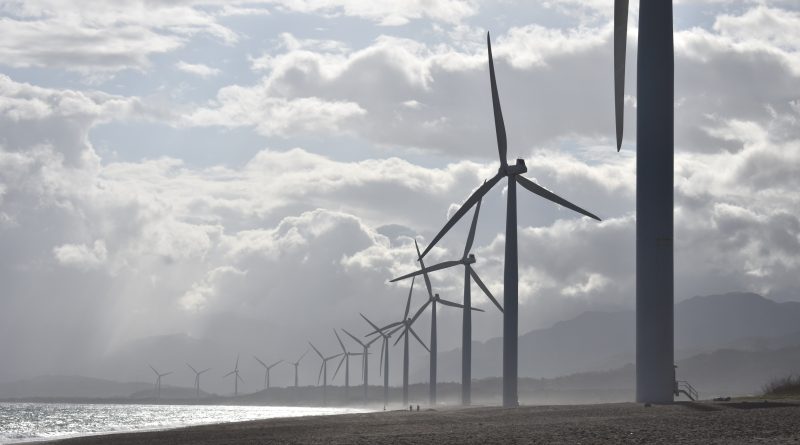Top 10 renewable energy solutions
As the world becomes increasingly concerned about climate change, renewable energy solutions are gaining traction. A viable alternative to traditional energy sources that contribute to greenhouse gas emissions, here are the top ten renewable energy solutions, currently in use or under development:
1. Solar power
One of the most well-known and widely used forms of renewable energy, solar power uses photovoltaic (PV) cells to convert sunlight into electricity. Increasingly affordable, it is a viable option, and is now competing with fossil fuel use in some areas.
2. Wind power
Wind has powerful potential. Once harnessed, its energy can be used to generate electricity. A wind turbine is the device that converts that kinetic energy into electrical energy. Not only is wind an abundant and inexhaustible resource, but turbines are becoming more efficient and cost-effective. As such, wind continues to be the largest source of renewable power in the United States.
3. Hydro power
Generated by harnessing the energy of flowing water, hydro power is one of the oldest forms of renewable energy and is still widely used today.
4. Geothermal power
Geothermal power plants use steam to produce electricity. The steam comes from reservoirs of hot water found a few miles or more below the earth’s surface. The steam rotates a turbine that activates a generator, which, in turn, produces electricity. It is most used in areas with high geothermal activity, such as Iceland and the western United States.
5. Bioenergy
Bioenergy involves using organic matter, such as plants and waste, to generate electricity. This can include burning biomass to generate heat and electricity or using biogas from landfills or sewage treatment plants to generate electricity.
6. Ocean energy
Ocean energy is a limitless, indigenous source of power, that refers to all forms of renewable energy derived from the sea. It harnesses and exploits the power of tides, waves, and ocean thermal to generate electricity.
7. Hydrogen fuel cells
A fuel cell is the electrochemical cell that converts the chemical energy of a fuel and an oxidizing agent into electricity through a pair of redox reactions. Hydrogen can be produced using renewable energy sources, such as solar and wind power, and the only byproduct is water.
8. Concentrated solar power (CSP)
CSP involves using mirrors or lenses to reflect and concentrate sunlight onto a receiver. The energy from the concentrated sunlight heats a high temperature fluid in the receiver, which, in turn, is used to spin a turbine or power an engine to generate electricity. This technology is commonly used in desert areas with high solar radiation.
9. Biomass gasification
This process uses heat, steam, and oxygen to convert biomass to hydrogen and other products, without combustion. Biomass is any renewable organic material, such as agricultural crop residues, forestry and animal waste.
10. Piezoelectricity
An electrical charge can accumulate in certain solid materials, such as crystals, in response to applied mechanical stress. The word piezoelectricity means electricity resulting from pressure and latent heat. To use this electricity, generators need to be installed in busy areas, such as a subway platform. The resultant energy is consumed very close to the point at which it is generated.
The growing adoption of renewable energy solutions represents a critical step towards a more sustainable and environmentally friendly future. As the world grapples with the urgent need to mitigate climate change and reduce reliance on fossil fuels, these renewable energy technologies offer promising alternatives that harness the power of nature in innovative ways.
